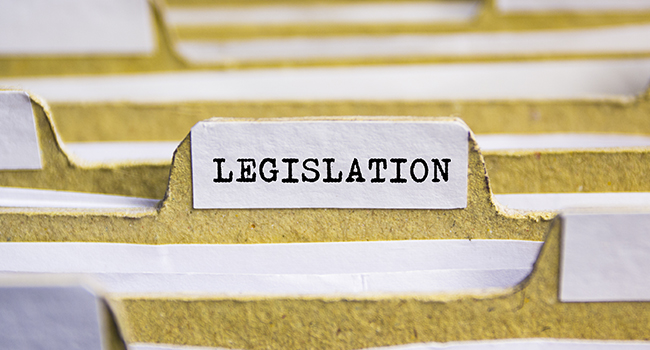
Texas School Safety Bill Focuses on Strengthening Security, Mental Health Resources
Texas’ Senate education chairman Sen. Larry Taylor unveiled a school safety measure that touches on strengthening school security, hardening school infrastructure and emphasizing mental health resources.
- By Jessica Davis
- March 07, 2019
Texas’ Senate education chairman Sen. Larry Taylor unveiled a school safety measure that touches on strengthening school security, hardening school infrastructure and emphasizing mental health resources.
Senate Bill 11 follows a number of proposals laid out in Gov. Greg Abbott’s 43-page school safety plan, which he created in the wake of the Santa Fe High School shooting. The Santa Fe shooting left 10 dead and 13 wounded.
Those proposals include strengthening mental health resources on campuses by hiring mental health professionals in Texas school districts, expanding emergency response training for district employees and establishing threat assessment teams for Texas schools. The threat assessment teams would help identify potentially violent students and determine the best path to intervention before potential escalation into danger.
“Though nearly a year has passed since a shooting at Santa Fe High School took the lives of eight children and two teachers, it is critical that the Legislature keeps the topic of school safety at the forefront of our hearts and our conversations,” Taylor said. “It is my hope that the passage of this bill will help our schools prevent and prepare for similar events.”
Senate Bill 11 also designates at least $50 per student in a district to go toward paying to “harden” state schools. The plans to “harden” include installing metal detectors, purchasing and maintaining video surveillance and hiring peace officers or school marshalls.
It’s not yet clear how much it would cost to implement all of Taylor’s proposals. The Senate’s supplemental budget includes $100 million for school safety.
School safety is one of the priorities that Abbott laid out during his State of the State address last month. Abbott said the Legislature would work to prevent another tragedy like the Santa Fe shooting.
“No student should be afraid to go to school. No parent should be fearful when dropping their child off at school,” Abbott said. "We must do all we can to make our schools safer. Working together, we will deliver on this promise to our parents, to our students and to our teachers.”
About the Author
Jessica Davis is the Associate Content Editor for 1105 Media.